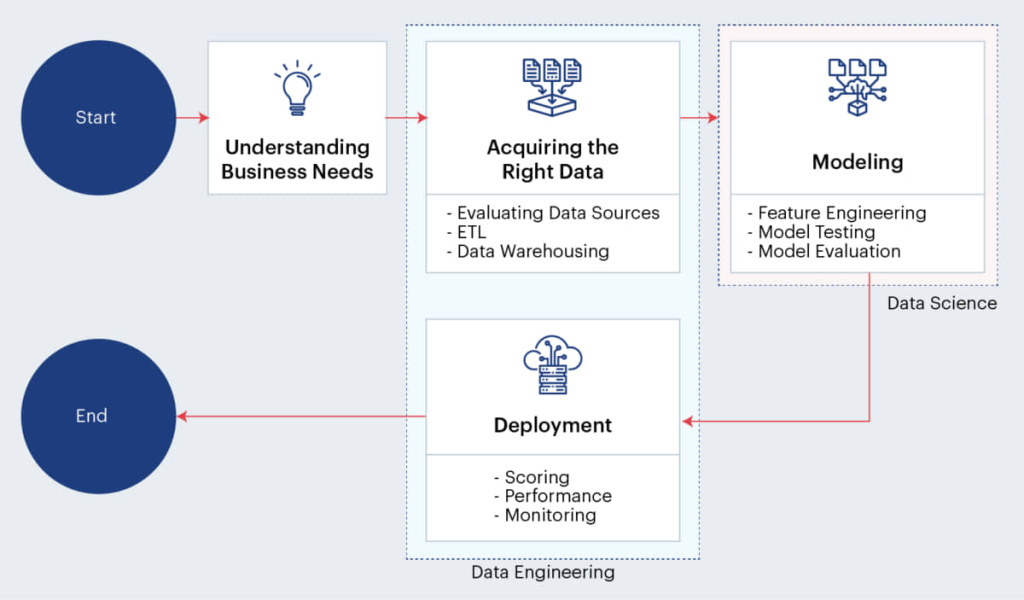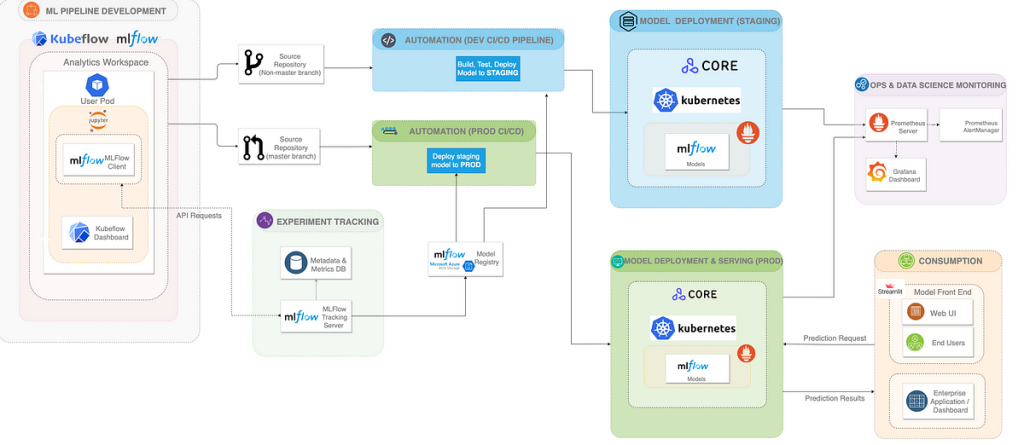
Are you tired of hearing about the latest buzzword “MLOps” but not really understanding what it means or how to implement it? Fear not, my friend, for in this article, we will dive deep into the world of MLOps implementation strategy.
Introduction
Machine learning operations or MLOps is a relatively new concept in the world of technology. It refers to the process of developing, deploying, and managing machine learning models in a production environment. MLOps is a combination of DevOps practices and machine learning techniques that aim to streamline the machine learning development lifecycle.
Why is MLOps Important?
MLOps is becoming increasingly important as more and more companies are investing in machine learning to gain a competitive advantage. Managing machine learning models in a production environment can be challenging due to the complexity of the models and the data they require. MLOps helps to automate the process of deploying and managing machine learning models, reducing the risk of errors and increasing efficiency.
MLOps Implementation Strategy
Implementing MLOps can be a daunting task, but it doesn’t have to be. Here are some strategies you can use to implement MLOps in your organization:
Strategy 1: Start Small
Like with any new technology, it’s essential to start small when implementing MLOps. Begin by identifying a small project that can benefit from machine learning and deploy the model in a production environment. This will help you understand the challenges of managing machine learning models in a production environment and identify areas for improvement.
Strategy 2: Build a Cross-Functional Team
MLOps requires collaboration between different teams, including data scientists, developers, and operations. Building a cross-functional team that includes members from each of these teams can help ensure that everyone is on the same page and working towards the same goals. This team should be responsible for developing, deploying, and managing machine learning models in a production environment.

Strategy 3: Automate Processes
One of the key benefits of MLOps is automation. Automating processes such as model training, testing, and deployment can help reduce the risk of errors and increase efficiency. Use tools such as Jenkins, Git, and Docker to automate these processes.
Strategy 4: Monitor and Improve
Machine learning models are not static; they require constant monitoring and improvement. Use tools such as Prometheus and Grafana to monitor the performance of your machine learning models in a production environment. Use this data to identify areas for improvement and make changes to the models as needed.
Conclusion
Implementing MLOps can be a challenging task, but the benefits are significant. By automating processes, building a cross-functional team, and monitoring and improving your machine learning models in a production environment, you can ensure that your organization stays at the forefront of the machine learning revolution. So, what are you waiting for? Start implementing MLOps in your organization today!